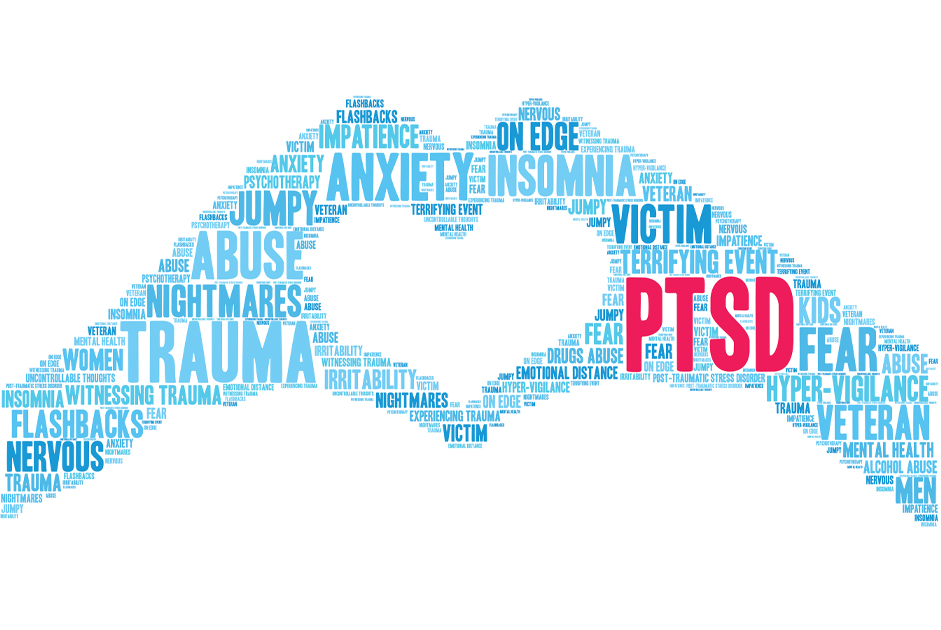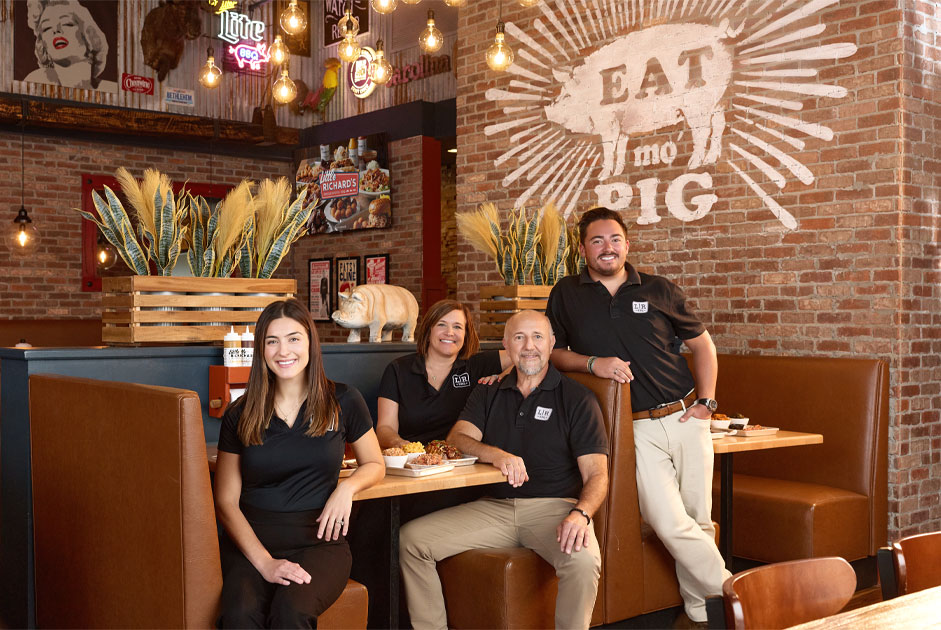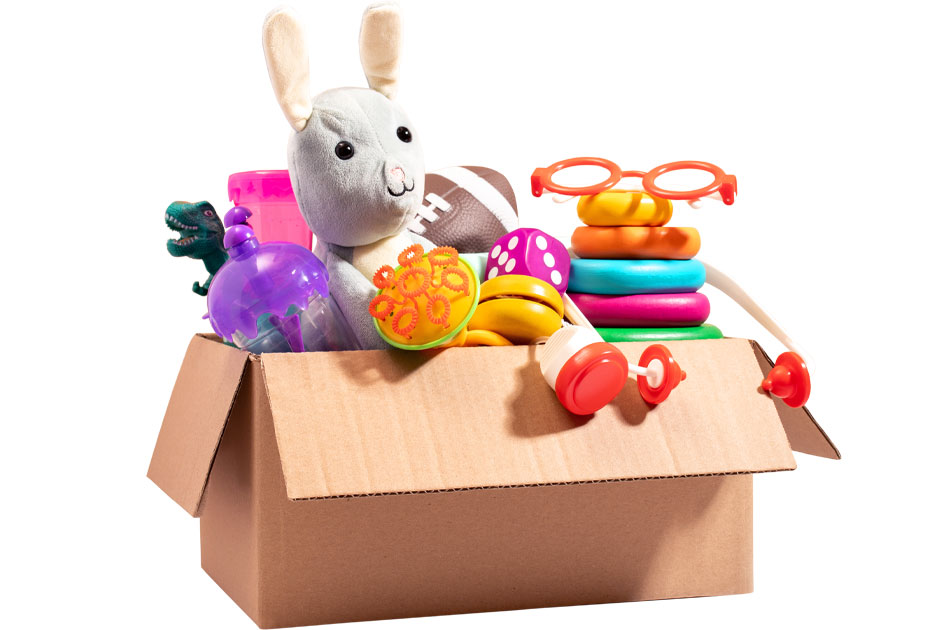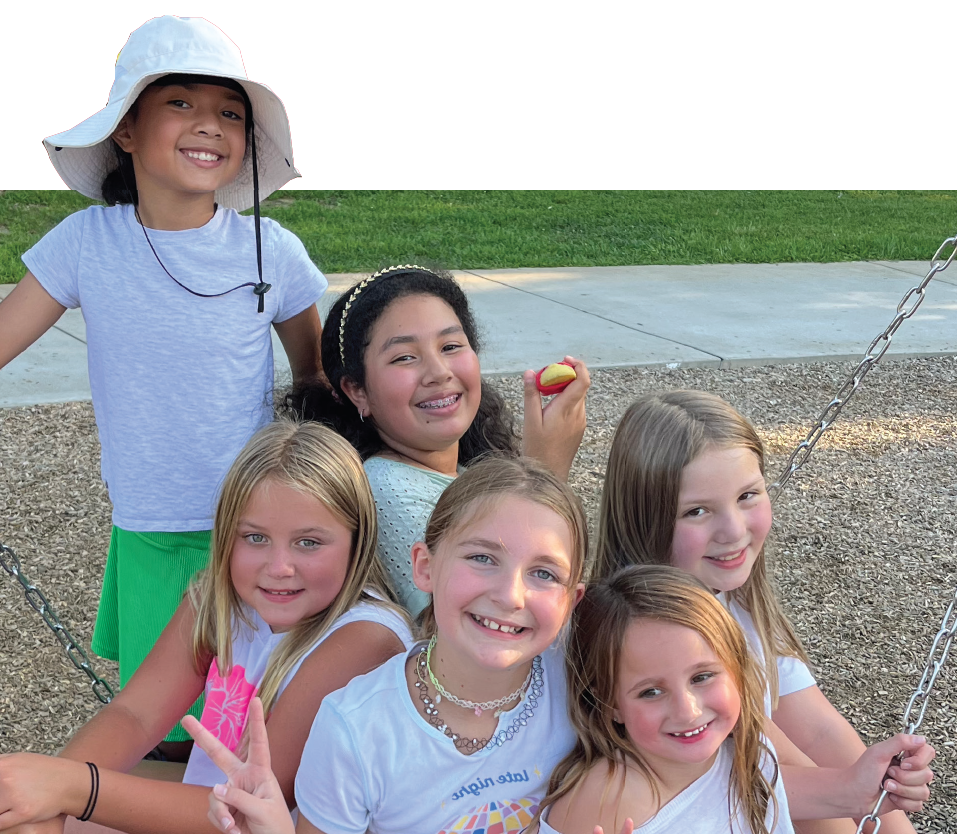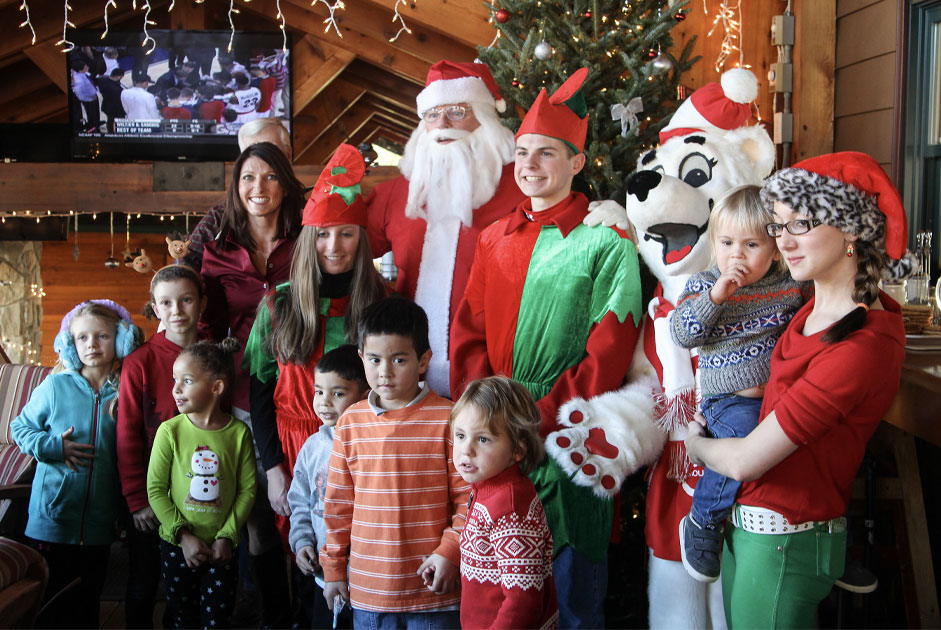Each month, this series will provide important facts and tips surrounding child safety in an effort to support parents and caregivers as they navigate reducing risks and creating the safest environment possible for the children in their lives.
While we often focus on physical safety, the mental and emotional health of our children is an equal priority. The month of June is Post-Traumatic Stress Disorder (PTSD) Awareness Month, and many adults may find themselves surprised to learn how many children suffer from PTSD. Typically, when we hear this disorder mentioned, mental images of soldiers back from war zones or parents who have gone through child loss come to mind, but the condition affects about 7% of girls and 2% of boys in the United States. (These numbers may underestimate the prevalence among children as many cases go undiagnosed.)
Understanding the unique experience children have with PTSD, recognizing its signs and knowing how to support them is essential for their recovery and well being.
Understanding and Identifying PTSD in Children
The ever quoted “kids are resilient” sentiment may actually be causing harm in the way adults see and support trauma in children. Generally, PTSD is a condition that can affect children who have experienced or witnessed a traumatic event, regardless of age. This could be anything from abuse of any kind, neglect, violence, accidents, natural disasters or death. Recognizing the signs of PTSD in children can be challenging as symptoms often manifest differently from those in adults which is why it’s crucial to be aware of what to look for.
According to mental health experts at the Centers for Disease Control and Prevention, common symptoms of PTSD in children may look like:
- Re-Experiencing: Children may have intrusive memories, nightmares or flashbacks of the traumatic event. They might also exhibit distress when reminded of the event.
- Avoidance: Children with PTSD may avoid places, people or activities that remind them of the traumatic event. They may also avoid talking about it.
- Hyperarousal: This can manifest as irritability, difficulty concentrating, being easily startled or having trouble sleeping.
- Negative Changes in Thinking and Mood: Children may experience negative thoughts about themselves or the world, lose interest in activities they once enjoyed or have difficulty experiencing positive emotions.
Supporting Children Through Their Diagnosis
As parents and caregivers, we not only want to protect our children but help them to feel seen and heard in their experiences, as well. Creating a safe environment that provides support and a comfortable place for your child to share his or her feelings is one of the best things you can do. Additionally, seeking professional help around childhood trauma not only helps them now but also gives them the help they need to avoid long term symptoms into adolescence and adulthood. Encourage healthy coping mechanisms such as taking deep breaths, counting, and creative and mindfulness exercises.
Implementing Tools to Help the Whole Family
Regardless of the specifics, a PTSD diagnosis for a child can affect everyone involved and is often best treated when the whole family is on the same page. Establishing a routine that helps provide structure and stability can make a big difference for the child while bringing everyone together. This can be as simple as having a meal schedule, family outings like neighborhood bike rides and sticking to a bedtime schedule. Intentionally have caregivers, older siblings and extended family participate in PTSD education, so there is an understanding surrounding diagnosis and helpful (and unhelpful) ways to help the child.
Finding Support in the Midst of Childhood Trauma
If your child or a child in your life may be experiencing PTSD or is at high risk after experiencing trauma, you can reach out to his or her pediatrician for recommendations for mental health professionals and programs. Additionally, if you are looking for support as a caregiver for a child with PTSD or wanting support for your own trauma journey, please ask your physician for help finding a support group and resources.
Helpful Resources to Learn More
The National Child Traumatic Stress Network (NCTSN) – nctsn.org
Trauma-Informed Communities Project of NC – ccfhnc.org

